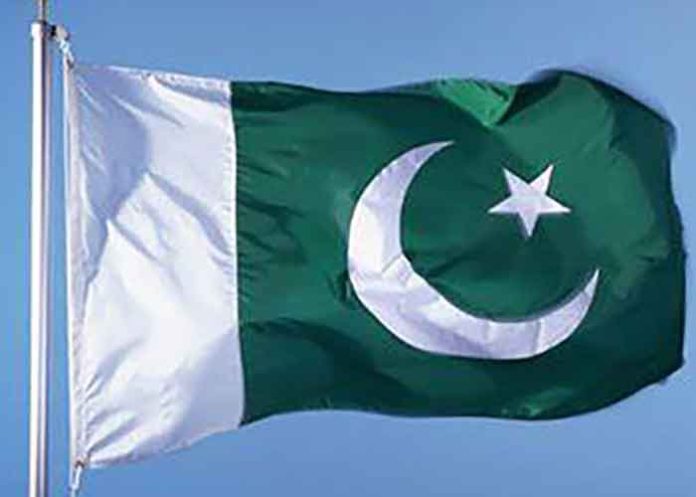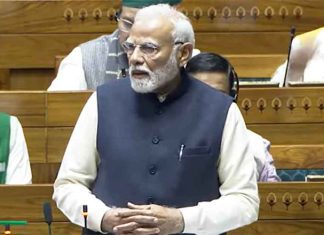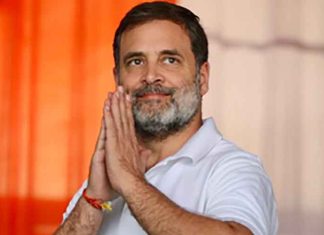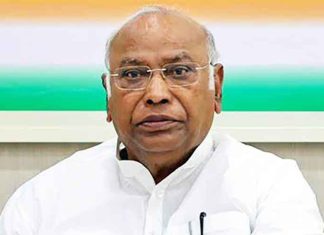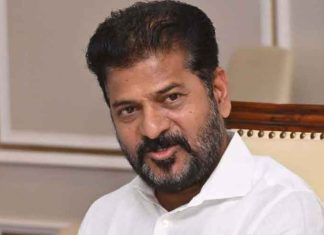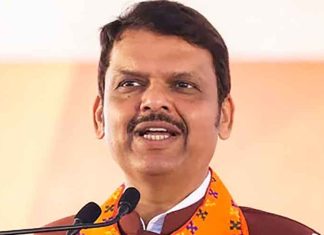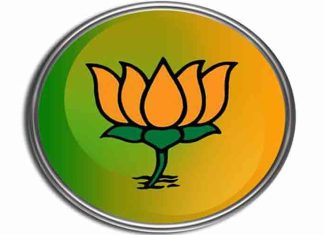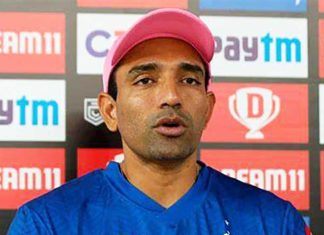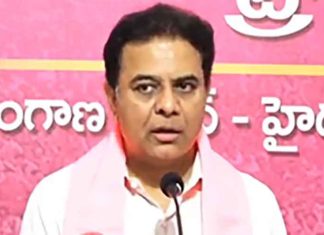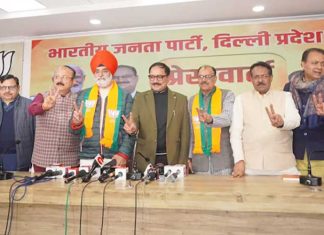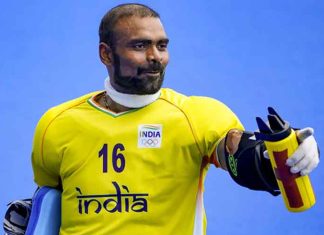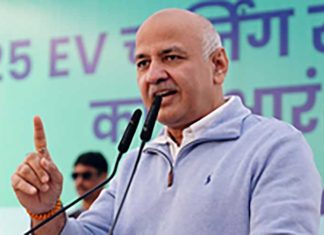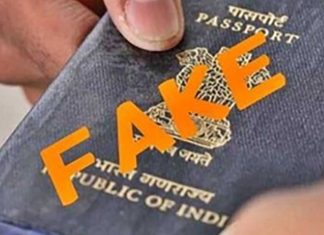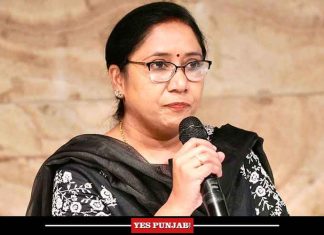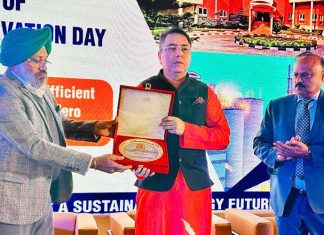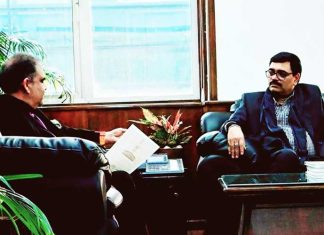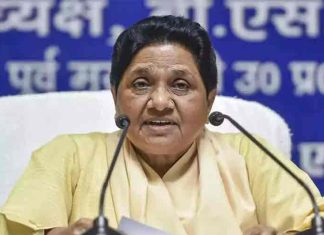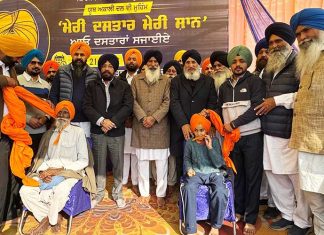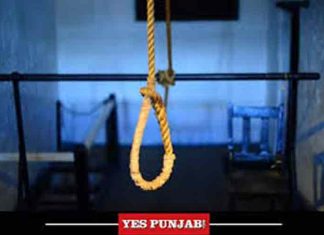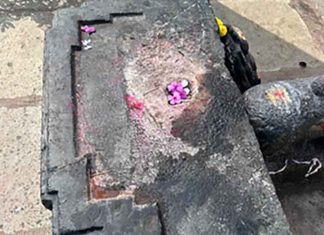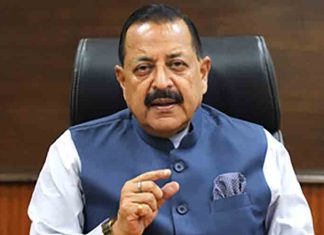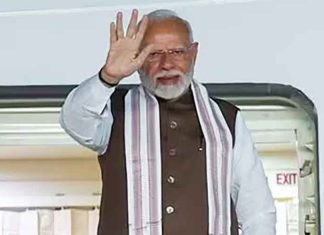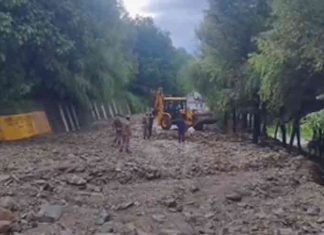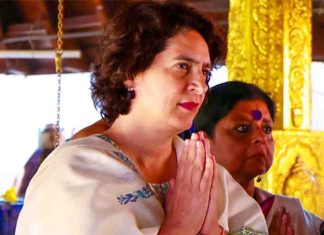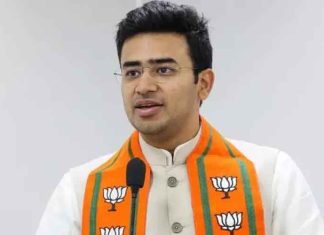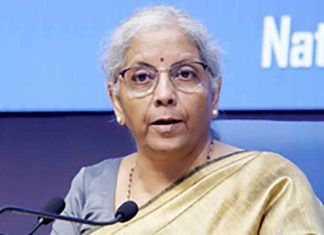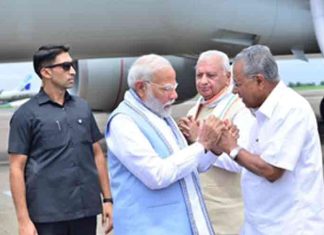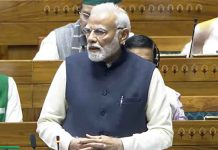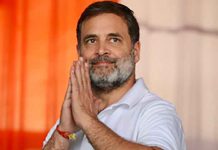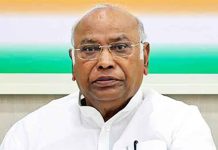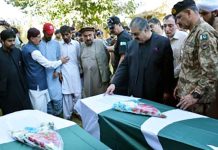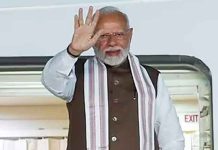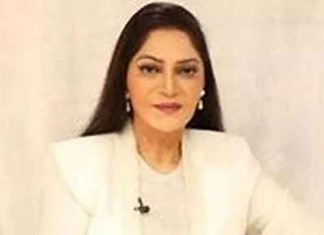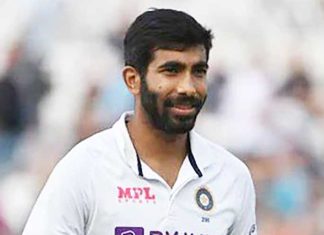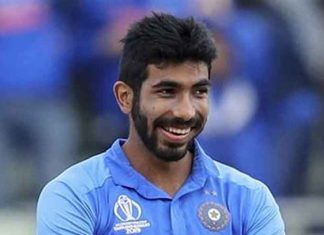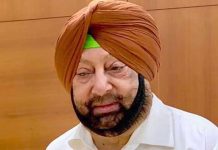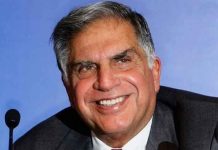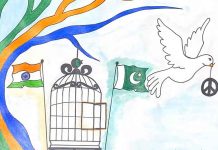New Delhi, Aug 9 2024-
Pakistan’s political and security instability is reaching critical levels.
The country is experiencing a summer of protests across its provinces, with significant movements surfacing in Balochistan, Khyber Pakhtunkhwa (KPK), and Pakistan-occupied Jammu & Kashmir (POJK), including Gilgit-Baltistan.
Pakistan’s situation is compounded by its ventilator-laden economy, debilitating internal security, perpetual political instability, growing social tensions, along with a legitimacy crisis for the military-dominated political establishment.
These developments suggest the country is on the brink of a major political upheaval which will have significant ramifications.
As Pakistani British political analyst Adeel Malik argues, the country faces a potential Arab Spring-like situation because of the military establishment’s fast-declining popular legitimacy.
Multiple factors are contributing to these assessments from political analysts.
Firstly, it needs to be recognised that Pakistan’s governance system is characterised by authoritarian power sharing, with the military establishment, led by the Army chief, holding the largest share.
However, to maintain this power, the military establishment has adopted a convenient distribution mechanism among various actors. There is a political element, often referred to as “electables”, or “lotas” in Pakistani terms, through which the Army chief is able to orchestrate political changes. The system also relies on members of the civilian bureaucracy, judiciary, pro-regime media, and external support to sustain itself.
However, this power structure has been disrupted in recent years because of various factors.
On one hand, Pakistan has witnessed a significant youth bulge, particularly in the rural areas, which has grown disillusioned with what they see as an obsolete governance system that is unable to take care of its needs.
For instance, “two out of every three Pakistanis today are below the age of 30 and just under one in every three is between 15 and 29 years of age”.
In addition, the country’s middle class has expanded significantly in the last two decades. For instance, “roughly 40 per cent of Pakistan’s population could be classified as middle class – a group that has accounted for most of the country’s income growth over the past few decades.”
Both these demographics have been exposed to multiple perspectives with the advent of smart screens and new communication methods. This dynamic has challenged the long-held narratives propagated by the military-controlled establishment.
As a result, the power of traditional ‘electables’ is waning, and even the judiciary, now including middle-class members, is becoming more conscious of public perception.
Interestingly, this middle-class influence has also reached within the ranks of the military. Therefore, this nexus of demographic shift with technological affordability is challenging Pakistan’s current system of governance.
Secondly, Pakistan is going through a crisis of governability. It is a situation when the ruling class, despite their hold over power, loses legitimacy among the ruled. This principle applies universally, as rulers need popular legitimacy to exercise power effectively; without it, they rely solely on force, which is unsustainable.
For effective governance, voluntary obedience from the governed, who recognise the ruler’s authority as beneficial for the community and state, is essential. Given how the Pakistan Army-controlled establishment has been unmasked and challenged, it has lost legitimacy and is left with just power.
Thirdly, there is a legitimacy crisis of institutions in Pakistan. The institutions meant to resolve societal tensions are fast losing credibility among the people.
For example, the media, courts, and the electoral system are all viewed with scepticism because of their susceptibility to pressures from the military establishment.
As such, the Pakistan Army has unmasked itself to the people to demonstrate who remains in the control of the state. While an effective exercise of power is often hidden, when it becomes apparent to people as to who controls the system, as is evident in Pakistan, the same development undermines the system.
Therefore, the Pakistan military establishment’s tight control over state institutions has effectively exacerbated the loss of institutional trust among the people, thereby creating a dangerous situation in the counrty.
This is evident in how the judiciary is being viewed in Pakistan currently, especially how it has facilitated the political persecution of Imran Khan, his Pakistan Tehreek-e-Insaaf (PTI) party, and political dissenters across the country, especially in Balochistan and KPK.
The same holds true for the civilian bureaucracy, including the election commission, and docile pro-regime media, which have actively colluded to propagate the statist narratives. The ongoing media blackout of Balochistan protests, where the Pakistan Army has killed scores of protesters and arrested hundreds, is a case in point.
Fourthly, the cost of political engineering has increased exponentially. Previously, the Pakistan Army’s military-political engineering, such as in the 1990s, did not have such a huge economic impact as the country managed to maintain a semblance of economic stability even with minimal growth rates. However, during the last two decades, the establishment, fronted by its ‘electable’ managed governments, has acquired and usurped aid money and loans from external donors and creditors without making any efforts to stabilise the national economy. This has led to Pakistan’s current economic condition, making its military adventurism costly for all societal sections, including the Army itself.
Moreover, as highlighted above, the growing awareness among rural and middle-class Pakistanis, particularly the youth, about the military’s political role has also surged the costs of its political meddling. The new media platforms have in particular exposed these demographics to competing perspectives and narratives, thereby allowing them to challenge state narratives about historical events and consequently increasing economic costs for the Army to push through its narratives.
As such, these factors make it implicit that Pakistan appears ripe for a political upheaval similar to the ones that happened in the Arab world from 2010 onwards such as in Tunisia, Egypt, and Libya, among others.
The country presents a scenario reminiscent of the Arab Spring, with a significant youth bulge, a struggling middle class, and shrinking economic resources. However, unlike the Arab countries, Pakistan has political forums to voice grievances, even during martial law periods.
Currently, Imran Khan and his party, Pakistan Tehreek-e-Insaaf (PTI), serve as unifying figures against the system. If the establishment removes this political buffer, as indicated by the government to ban the PTI, it could plunge the country into chaos and leaderless political movement.
These developments could take Pakistan to a completely unpredictable political trajectory. Nevertheless, the military establishment and the civilian façade of the Shehbaz Sharif government are navigating a volatile situation, which is akin to playing with a volcano. When this volcano erupts and deluges Pakistan is not a matter of “if” but “when”. (Agency)




